
Some two years after launch, it’s hard to truly understand where Stadia is as a platform without first recognizing some of the ups and downs along the way.
It’s still fairly unclear how long Google will remain dedicated to a direct-to-consumer cloud gaming service, but it’s a substantially different platform than it was even just 12 months ago. Many of the early promises have started to come to fruition, with more features and functions added regularly to keep even the most rabid fans excited for what might come next.
However, we need to examine what is going well and what isn’t with Stadia to get an indication of the vital stats of Google’s cloud gaming experiment. Has the sheen dulled or has this shooting star managed to break the mold?
Video — Stadia at 2: Where to now?
Subscribe to 9to5Google on YouTube for more videos
What Google has done well
Let’s start with the good. Stadia has slowly evolved. More features have been added and the platform is starting to feel much more stable than at any time since launch. Each month our APK Insight team unearth ongoing work on new additions, features, and functions, which is always a good sign. Some of these are very minor and our weekly Stadia Changelog posts do an exceptional job or rounding up all of the little minutiae of games and system updates.
All-around gameplay is also still smooth and consistent. There have been very few outages in the two years that the platform has been live. While it could be anecdotal, it almost seems as though performance has increased in just about every sense. That extends to just about every device you own now that you can play Stadia on more device types than ever before.
Cyberpunk 2077, the biggest game launch in arguably a decade, was plagued with issues when it was released back in December 2020, but on Stadia it was pretty much flawless. All day-one patches are done, dusted, and pre-installed the moment you fire up a title. Never having to worry about massive patches and downloads is something you don’t easily forget.
Expanded upon that, while the game library is not exactly massive, you now have more choices than ever before. Almost all major game categories are covered. Sports, RPGs, FPS titles, and more indie titles than you can shake a stick at. Sure, not all major games are available outside of Ubisoft’s lineup, but you should be able to find something you like.
One of the only notable benefits to this smaller library is that, if you subscribe to the paid Stadia Pro tier, you can often get newly added games as part of that $9.99 fee. Sometimes you’ll get an older triple-A title, but it varies from month-to-month with indie games helping bolster the “free” games figure.
There is a small but engaged community that is passionate about every snippet and tidbit. Again, something that you would and could usually associate with larger gaming platforms. The community is one of the better aspects of Stadia and there is a real faith shown by fans across all facets of social media. This extends to the team behind Stadia online, they engage with fans and detractors alike. Gaming can be a toxic hobby and the various public faces of Stadia handle things with aplomb.
I have loved every minute of the Stadia Controller too. Some two years on, the battery is not what it once was, but it fuses some of the very best components of other gamepads into an excellent package. I’d even go so far as to put it near the very top of the list of best controllers you can buy as it’s comfortable, durable, looks great, and works exceptionally well as a generic controller for Android games when hooked up via USB-C. On top of that, it plays nicely with Nvidia’s GeForce Now service when connected via a wire too making it multi-talented.
Features and additions
Sidelining any sort of excitement for the many features that were promised back at the original GDC 2019 showcase, those that have made the grade haven’t quite been as “killer” as we would have hoped but do showcase what cloud gaming can offer over the established systems.
Stream Connect for example should be incredible, this lets you play cooperative multiplayer titles with live feeds of your teammates visible on-screen. Unfortunately, this is not quite as well implemented as we would have liked in just about every game that includes it so far. For competitive first-person shooters, it’s a great option, but we’ve just not seen it widely available in many games.

Stream Connect in Ghost Recon Breakpoint 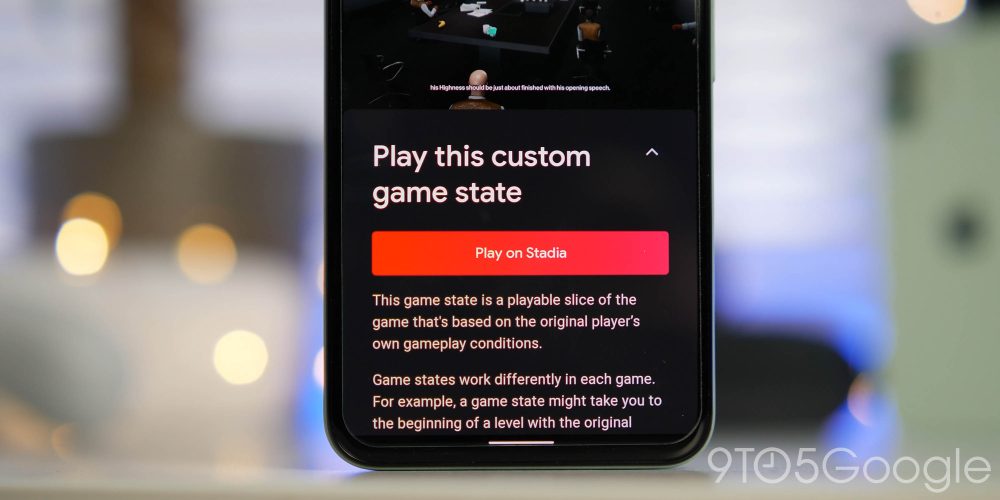
State Share is one of the few standout additions. It’s really cool to be able to just send someone a screenshot or clip and have them attempt a level that you have just cleared. In Hitman 3, sharing a screenshot saves your level starting conditions including all loadout information rather than the exact in-game settings at the point a screengrab or recording has been taken. My only gripe is that it could be a little bit better than what is available. Clearly, there had to be a limitation in how it was added, how developers implemented the feature, and although it doesn’t feel fully realized, it’s one of those “nice to have” additions.
I’ve especially enjoyed making progress in Hitman 3 and then sharing my updated level starting scenarios with the few friends I have on Stadia. State Share adds a neat challenge and competitive play to games that would be otherwise single-player only.
Crowd Play relies heavily on Stadia’s YouTube account integration, which does make it a niche, but neat inclusion. When live streaming a game to YouTube, you can use the Crowd Play feature to invite viewers to a game. For big streamers, this could be a blessing or a curse, but it’s different from what is available elsewhere across PC and console. The only downside is the limited use case for most gamers. If you’re not streaming, then you may never even use it or know that it exists. That said, if you do stream games, it’s one of those nice-to-have options.
Direct Touch and Phone Link are less obvious but powerful extra tools that make sense for a cloud gaming service such as Stadia. When many PC games require mouse and keyboard input, a feature like Direct Touch is excellent for touchscreen devices whereby it’s inferred that you will tap, slide, and pinch at your screen. For RTS titles — of which there are few on Stadia — it’s an added quality of life addition that is incredibly useful.
Phone Link is a way to add all kinds of controllers and peripherals simply by connecting directly to your smartphone and bridging to your Stadia session. This also lets you use your smartphone as a gamepad if you don’t happen to have enough controllers lying around and want to partake in couch co-op or multiplayer. It’s one of the best examples of Google’s “use what you have” approach to Stadia, and it’s my personal favorite addition over the past year.
While these additions might not have people rushing to try Stadia, it is still great to see the ongoing development and integration of new functions and features. This goes a long way to fulfilling some of the promises made during the original launch keynote and we’re sure that fan appreciate it. In the very same breath you could also quite easily argue that many things are still missing. Understandably this can make Stadia feel very unfinished or unpolished when compared to those early pre-release demos.
Taking over a year for a dedicated Stadia app come to Android TV is one such example that highlights this “unfinished” feeling. Sure, the dedicated app for Android TV works fine but in our experience, the best way to play remains via the Chromecast Ultra. It’s just a no-nonsense but an effective way to get playing.
Through no fault of Google, Apple’s limitations on gameplay within the dedicated Stadia app for iPhone and iPad meant that iOS players had to wait longer than their Android counterparts. An official Safari-based web-app workaround feels a little hacky, but the experience is excellent nonetheless. In some cases, Stadia feels like it plays better on iOS than it does on Android. Even with Apple’s annoyances, it’s nice to not be inhibited by your smartphone or tablet choice any longer.
A (slowly) growing game library

It’s hard to deny that Stadia has a real lack of titles to choose from, but that has undoubtedly improved over the past couple of years. At last count, with a few removals and recent additions, there are now over 230 titles available on the Google Stadia Store. Every month a handful of new games makes the jump from other platforms or launch.
The slow growth of the game library is undoubtedly a battle axe that hardcore gamers swing at the service — and with good reason. No console, be that in the cloud or otherwise, can survive without games. Stadia is absolutely no different.
Earlier in the year, Google shuttered Stadia Games and Entertainment. This essentially ends any chance of exclusive, internally developed first-party titles. Now that is a body blow for just about any gaming platform and Stadia is no different. Google claimed to be moving away from creating first-party titles and, instead, helping developers get their titles on the service.
You could read this a few ways. Google understands that creating brand-new gaming IPs is a difficult and expensive task. Alternatively, Stadia hasn’t quite hit the heights that Google had hoped, and this is the early signs of the service winding down. It’s still hard to truly tell, but it’s not a good look no matter how you spin it.
Ubisoft is one of the few larger developers to keep pushing the most recent releases, while Cyberpunk 2077 and EA’s FIFA series represent the biggest other IPs available on Stadia since late 2020. The high-profile closure of Stadia Games & Entertainment means that internally developed titles are shelved. Even the most confident fan can’t sugarcoat this.
We’ve even seen Stadia exclusive titles jump ship in the time since with open-world adventure Tchia now coming to the PC via Steam and the Epic Games Store as well as PS5. The Stadia version was dropped altogether.
What’s equally frustrating is that many of the games that are available run exceptionally well. There are a few notable exceptions and technical limitations here, but it’s hard to deny just how good Stadia is when in full flow. It’s just a cloud console that outputs at various resolutions based upon subscription tier.
This means that as a developer you don’t necessarily have to worry about optimizing your games for a “base specification” as there are technically just two tiers — 1080p and 4K UHD. This should mean that developing or porting could technically be quicker than it would be otherwise — although there are other variables at play here.
A quick glance at Stadia’s storefront and you’ll quickly notice that triple-A game titles are lacking. Indie titles and last-gen reboots, remakes, and reissues are not. Cloud gaming is ubiquitous but there are many games littering the Stadia store that can run on less-than-modest PC hardware. In some ways, this does not matter, but with Nvidia GeForce Now providing access to RTX 3080-powered cloud-connected PCs and a game library that includes some of the biggest and best PC games, Stadia is very much behind the curve.
How many people are actually playing Stadia?

Install base is an important metric. It’s been two years since Google launched Stadia, and we still do not know how many people have signed up, trialed, or even use the service on a regular basis. That definitely appears like a red flag, especially when Google is quick to report on the increased usage of YouTube Music and other services.
It’s hard not to be concerned when we don’t even have an idea two years after the platform officially went live. Just as a “health” rating, it would be nice to know what the player base looks like. We’d wager it’s relatively low and that is based upon almost two years of struggling to get into large online multiplayer lobbies or find players in certain PvP titles.
Developers will also want a fair idea if they can make money by offering their games on Stadia. With no public information, budding indie devs and even big teams will simply steer clear, and it’s hard to blame them. If the player base figure is so horrendously small that Google is too embarrassed to publish, then we’re sure that a certain social media account could be vindicated sooner rather than later.
One saving grace is that with the new 30-minute game trials, intrepid gamers can at least give certain Stadia games a whirl before committing to a purchase or Pro subscription or even a Stadia account. The games available will vary from month to month, but this does offer an incentive for would-be devotees and even detractors to give Stadia a test for themself.
Assessing the cloud competitors
A major problem facing Stadia is that of competing services that seemingly have a greater ability to capture the hearts and minds of gamers. Xbox Game Pass provides access to over 300 of the best Xbox One, Series S, and Series X games across your Android and Windows devices all for $15 per month.
Nvidia GeForce Now can be played for free in limited sessions but relies heavily on your existing game library across a number of connected PC services such as the Epic Games Store, Steam, EA Games, and UPlay. You can access longer gaming sessions and improved graphical options with the “Priority” membership providing six-hour gaming sessions with RTX graphics enabled at up to 1080p 60fps settings.
Graphically Nvidia’s introduction of a limited RTX 3080 tier puts every other cloud platform or console to shame. It also means that even if you do not have the means to access one of the highly sought-after graphics cards, you’re still able to game at the highest fidelity on the hardware you already have. Priced at $99.99 for six months of access, it seems expensive but pales in comparison to the $699 retail of an RTX 3080 graphics card. Factor in the online scalpers asking $1,000+ and this is a great alternative.
At $9.99 per month, it’s easy to say that in some key areas Stadia isn’t quite to the level of competitors. That said, when you’re playing, everything else just melts into the background, and it’s the core reason that it plays so well. Even so, to compete in the graphical stakes it will take a sizable upgrade to the platform and one that is likely going to be player base dependent.
Creating an integrated “Google” gaming service
Stadia is in a unique position in that Google is well placed to add a number of features that simply wouldn’t be available on other gaming platforms. While it doesn’t mean that players will be flocking to Stadia, we think a few changes or new additions could really pique the interest of casual gamers looking for somewhere to play “big” titles.
Take YouTube Music for example. Google’s premier music streaming platform should really be available on Stadia as a way to stream your playlists within games all without needing another device. Playstation offers Spotify integration when gaming, so why isn’t Google exploring that option on Stadia?
How about increasing your screenshot and screen recording storage vault by linking to your Google One or Google Drive account? This could be as easy as just linking to a shared folder and enables easy access to your screenshots and video clips without ever needing to launch Stadia directly.
We can already stream directly to a YouTube channel, well how about YouTube Shorts or Clips creation straight from the Stadia dashboard? The last decade has shown that gaming clips and streamed content are how games like Among Us and Fall Guys rose to prominence. YouTube is at the forefront of on-demand gaming content, so why not add yet more links to Google’s game service.
It feels like all of the pillars are in place, but they need to be rearranged so that Stadia is able to remain somewhat stable among a very competitive industry. During the original keynote back at GDC 2019, we were told that anything was possible with cloud gaming, but at the moment while the experience is fairly superfluous, there aren’t many outright “wow” factors beyond hardware no longer being a requirement.
Public perception and Stadia’s reputation
It’s important to gauge public perception, and to say Stadia has had a lukewarm response from gamers and the wider public is probably an understatement. Hardcore gamers simply do not take Stadia seriously, while tech fans concerned about potential abandonment are in equal supply.
A quick browse of any comments section of a story posted on a dedicated gaming outlet gives you a good indication of what “traditional” gamers think of Stadia. Spoiler: It ain’t good.
Then ask someone who isn’t plugged into gaming or just a casual gamer if they have even heard of Stadia and that conversation will start and end with a question. Another spoiler: They won’t know what Stadia is.
To make something a success, eyeballs are needed. At least in the two years since launch, most of the biggest storylines surrounding Stadia have been overwhelmingly negative. I won’t claim to know how to turn the tide but Google needs to try and do more than just leave things where they are.
Final thoughts

If you’ve made it this far, you might think that this retrospective is overall quite negative. The truth is that Stadia is my primary gaming service of choice and much of my gripes are my major concerns. I still love that I can play across my PC, laptop, TV, smartphone, and tablet, but I feel there is room for improvement in areas that other services simply cannot compete.
If Google is holding on a little longer to improve the actual streaming hardware, then why not improve in areas that are not reliant on GPU or CPU power? Tighter integration with more Google services would be start and a great way to bundle things together. This could help convert a few more people and maybe raise overall public awareness. Being real for a moment, it would be naive to think that Stadia could even match the mindshare of the likes of PlayStation and Xbox in just under two years.
For the sake of comparison, Microsoft ultimately failed with the original Xbox in terms of sales when compared to the PS2. Then, just one generation later, the Xbox 360 was exceeding the PS3 in the same direct head-to-head sales charts. Now, the crux of that overturn was on the back of exceptional first-party titles and cheaper console hardware. You could argue that with Stadia, the cost part is relatively low, but the limited game library is always going to be the toughest sell.
The sad truth is that during a global pandemic where millions of gamers and would-be gamers couldn’t get hold of new gaming consoles and PC parts remain in short supply, at least from the outside Google continues to fumble what could and should be an easy touchdown for Stadia. At a time when gaming is at an all-time high, cloud gaming services offer a way into titles that the traditional gaming paradigm simply cannot provide.
At the end of year two in Stadia’s life cycle, this remains a huge, glaringly massive opportunity. An opportunity that likely won’t come again. If Stadia has a future as a white-label service, then the perceived lack of effort to market and push what is an impressive product does the teams of people behind all facets of Stadia — the platform — a disservice.
Rewind to a year ago, it felt very much like Stadia was close to making a breakthrough. A lot has happened since then, and while there has been undoubted progress, it feels like in many other areas Stadia is now somewhat behind the curve. Where it heads now is ultimately up to Google, but we’re just enjoying it, at least as long as it lasts.
FTC: We use income earning auto affiliate links. More.

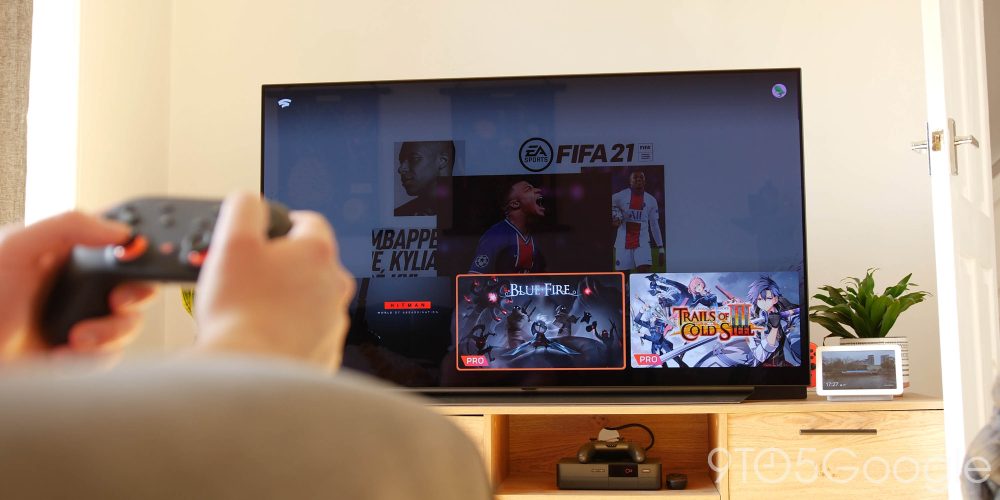

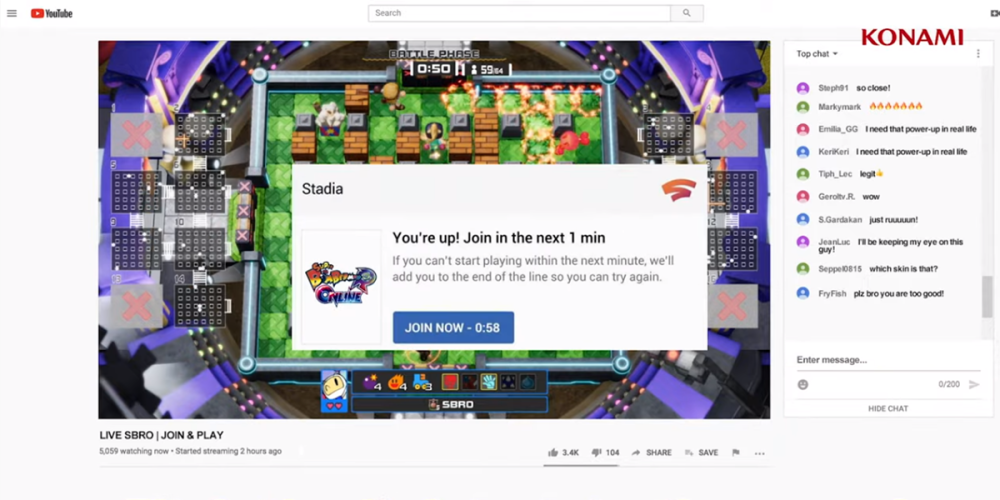
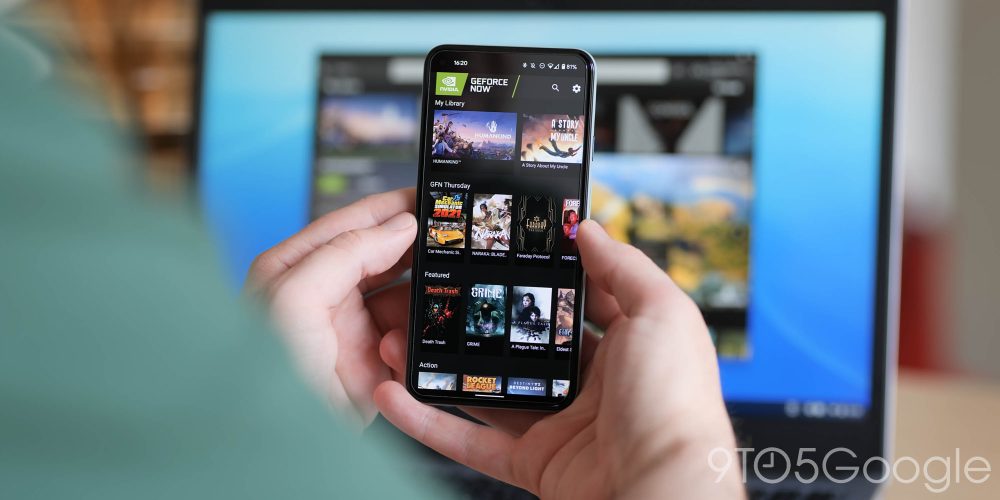
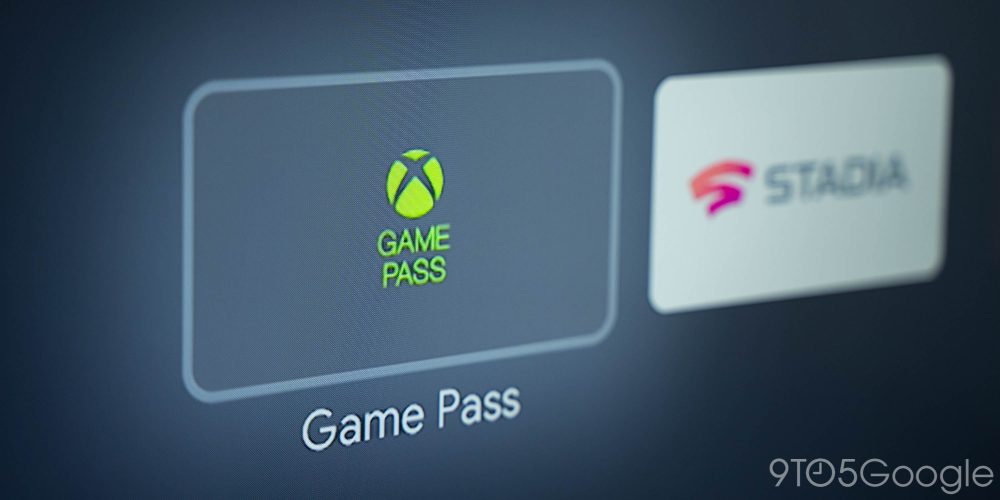
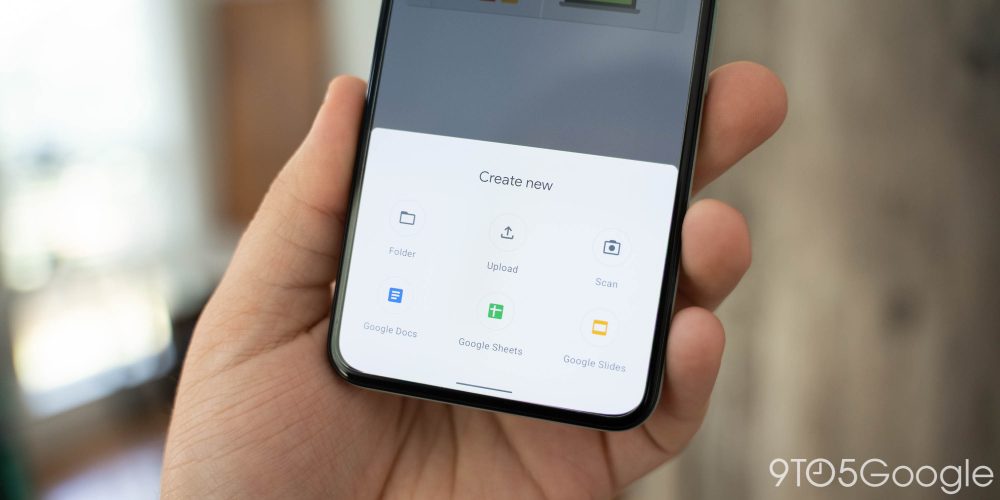
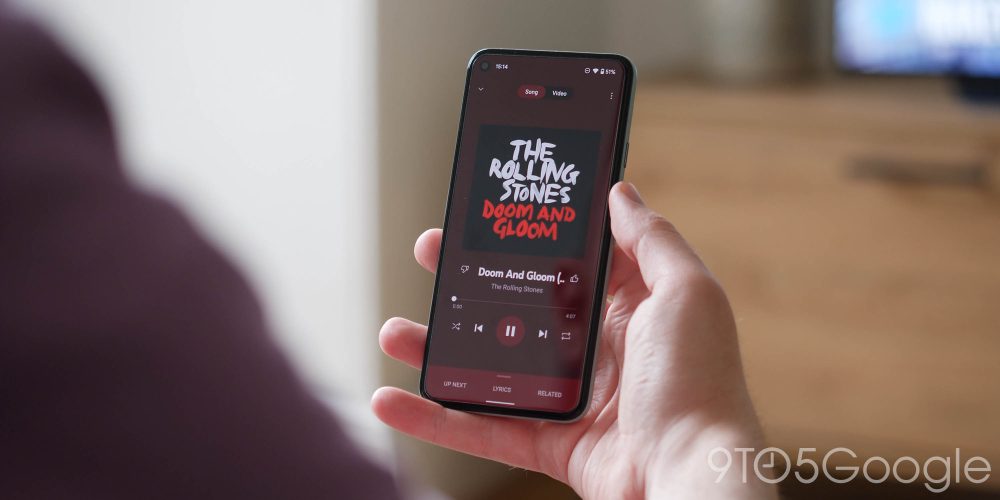



Comments